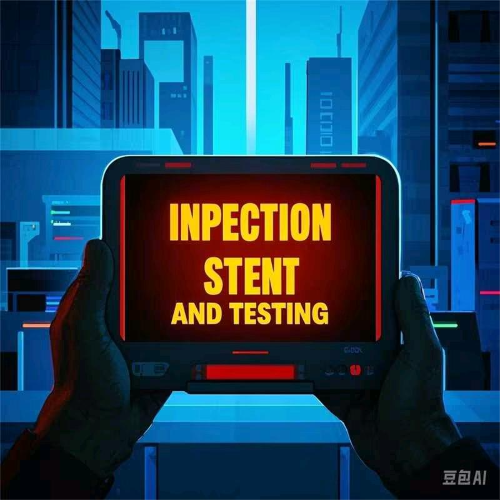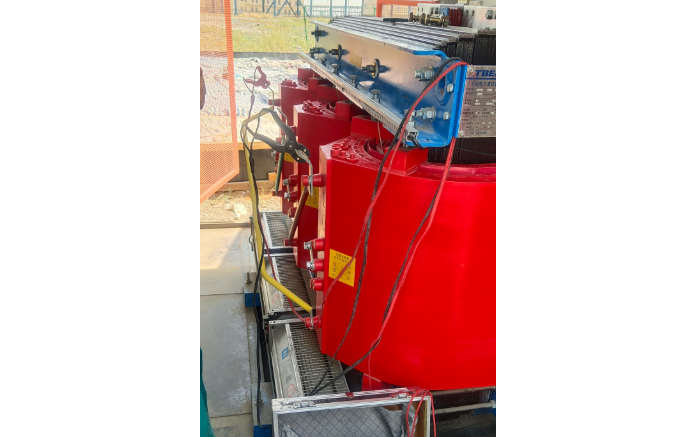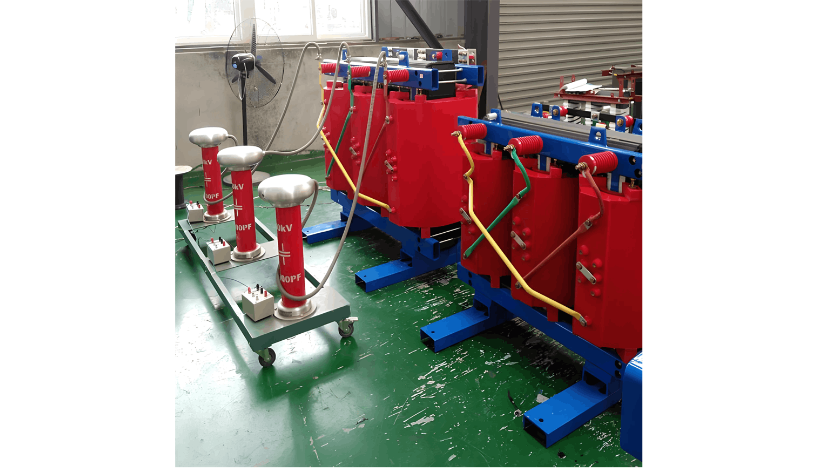What tests are required for dry-type transformers?
Oliver Watts
07/01/2025
Hey! I'm Oliver Watts, an electrical engineer in Inspection and Testing. With years of hands - on experience, I ensure electrical systems meet top safety and performance standards. Using advanced gear, I conduct diverse tests, easily spotting issues in both large - scale industrial and small - scale commercial setups. I love teaming up, sharing knowledge, and keeping up with industry regs. Also, I'm skilled at data analysis with software. If you're into electrical inspection or just want to chat engineering, reach out. Let's connect and explore!
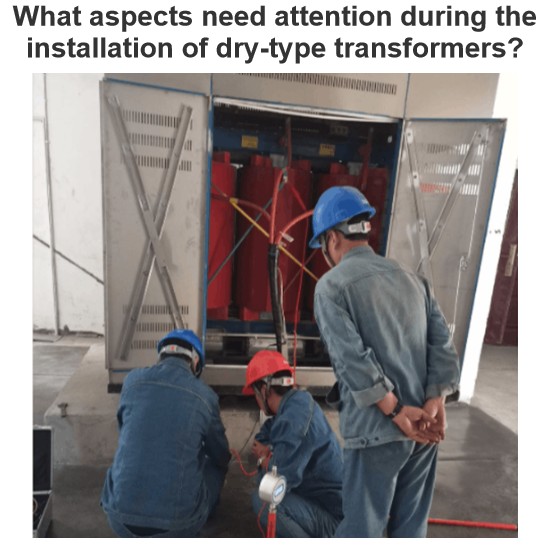
What aspects need attention during the installation of dry-type transformers?
1 Pre - installation PreparationAs a front - line installer, I know very well that the preparation work before installing a dry - type transformer must be thorough. First, I will carefully review the design drawings and technical documents, and check one by one the technical parameters such as the model specification, rated capacity, and voltage level of the transformer to ensure they are in full compliance with the design requirements. Then, I will conduct an unpacking inspection of the transfo
James
07/01/2025
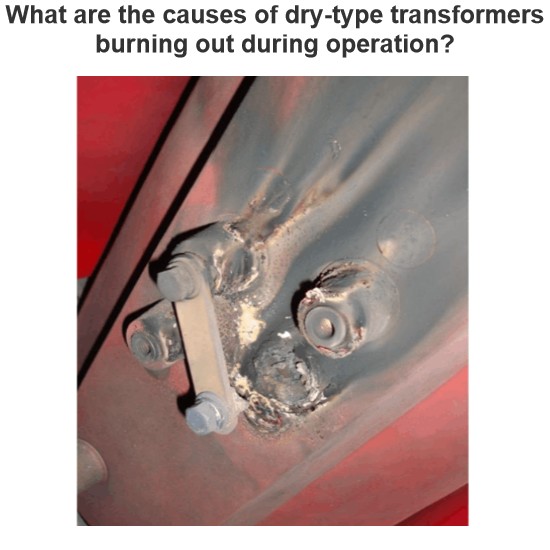
What are the causes of dry-type transformers burning out during operation?
1 Fault PhenomenonI am engaged in front - line fault maintenance work, and recently encountered problems with dry - type transformers. Dry - type transformers have a simple structure, are convenient for transportation, and easy for maintenance. They are widely used in power distribution places with relatively high environmental protection requirements. Because of their good fire - resistance, they can be installed in load - center areas to reduce voltage loss and power loss.The property manageme
Felix Spark
07/01/2025
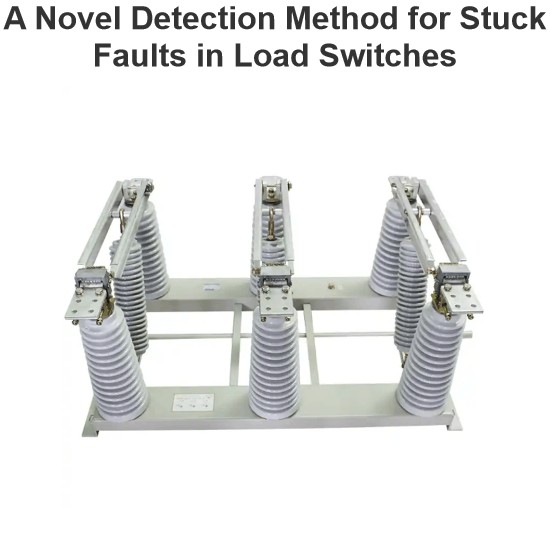
A Novel Detection Method for Stuck Faults in Load Switches
In recent years, as distribution automation advances, load switches see wider use in distribution lines. Yet, mechanical - failure - induced accidents are on the rise, burdening line operation and maintenance.Poor mechanical performance is the main cause of switch faults. Many scholars study large - scale switchgear operation, using methods like coil current detection, vibration signal analysis, switch travel testing, ultrasonic flaw detection, and infrared thermometry. Motor - current - based s
Oliver Watts
06/30/2025
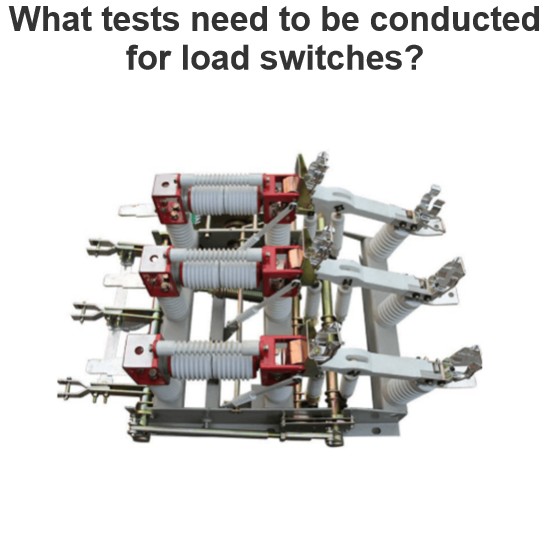
What tests need to be conducted for load switches?
As a technician with years of on-site experience in power testing, I understand the importance and complexity of load switch testing. Below, I combine practical work experience to elaborate on the full process of load switch testing, from testing items and methods to equipment and procedural specifications.I. Routine Electrical Performance Testing(1) Loop Resistance TestLoop resistance is a core indicator for evaluating a load switch's conductivity. I strictly follow GB/T 3804 and GB 1984 standa
Oliver Watts
06/28/2025
